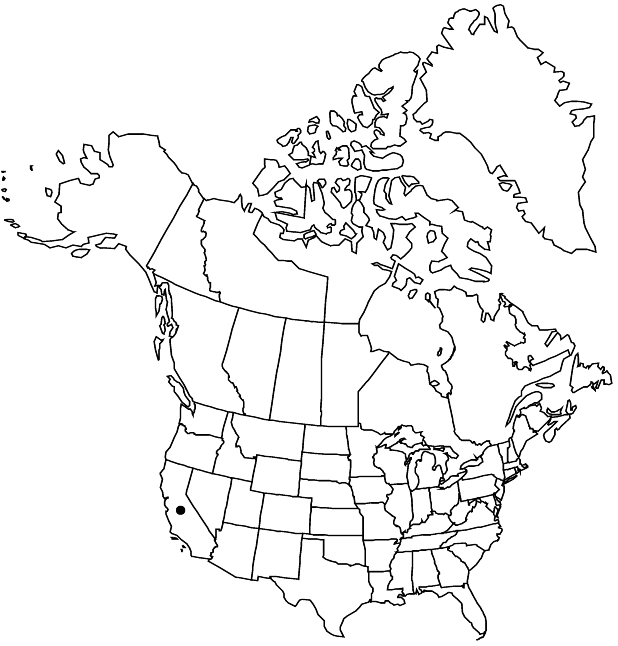Shrubs rather open, 10[–20] dm, without prop roots. Stems branched, 10–40 mm thick, fleshy; bark nearly smooth. Leaves: rosettes dense, concave or flattish, 50–75-leaved, 1–2 dm diam.; blade shiny, bright green [purple-black], oblong-oblanceolate, 5–9(–15) cm, 1.5–3 mm thick, firm, marginal cilia spreading to ascending, wavy, surfaces glabrous. Cymes dense, conic to ovoid, 1–2+ dm, puberulent. Flowers rotate, 2 cm diam.; calyx puberulent; petals 9–11, spreading, bright yellow. 2n = [36,] 72.
Phenology: Flowering spring.
Habitat: Cliffs and banks near sea
Elevation: 0-100 m
Distribution

Introduced; Calif., Atlantic Islands (Canary Islands [Gran Canaria]), introduced also s Europe, n Africa (Mediterranean coast).
Discussion
The tetraploid race of var. arboreum is widely grown in areas of Mediterranean climate, including California. Although widely naturalized in the Mediterranean region, it is only local in Los Angeles and San Diego counties, southern California, on the coast and about trash heaps and old gardens.
Selected References
None.